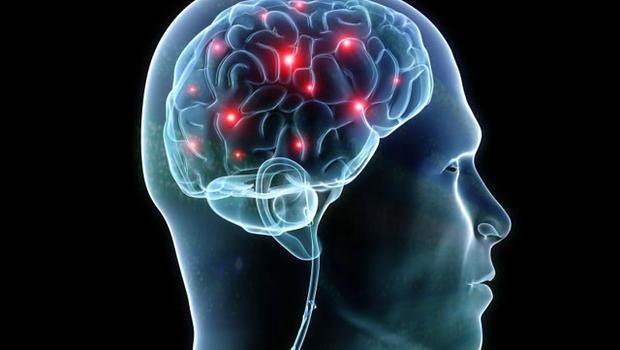A team of UCLA researchers thinks it may be possible to restore lost memories in humans one day, providing a breakthrough in the continued search for treatment of Alzheimer’s disease. The prevailing theory is that long-term memories are stored at the synapse, the connection between neurons in the brain. It’s hypothesized that Alzheimer’s destroys the synapses, thus destroying our memories. But, in a study published on online journal eLife, the team has may have disproved one of the leading theories on how memory works:
“Long-term memory is not stored at the synapse,” said David Glanzman, a senior author of the study, and a UCLA professor of integrative biology and physiology and of neurobiology. “That’s a radical idea, but that’s where the evidence leads. The nervous system appears to be able to regenerate lost synaptic connections. If you can restore the synaptic connections, the memory will come back. It won’t be easy, but I believe it’s possible.”
Glanzman’s team experimented using the marine snail Aplysia, which has synapses similar to those found in humans. The researchers found that even after destroying the snail’s synaptic links, as long as the neurons were intact, the snails could retain their long-term memory:
“If you train an animal on a task, inhibit its ability to produce proteins immediately after training, and then test it 24 hours later, the animal doesn’t remember the training,” said Prof. Glanzman. “However, if you train an animal, wait 24 hours, and then inject a protein synthesis inhibitor in its brain, the animal shows perfectly good memory 24 hours later. In other words, once memories are formed, if you temporarily disrupt protein synthesis, it doesn’t affect long-term memory. That’s true in the Aplysia and in human’s brains.”
“That suggests that the memory is not in the synapses but somewhere else,” said Glanzman, who thinks that memories may lie in the “nucleus of the neuron.”
(Image: Allan Ajifo/aboutmodafinil.com)



